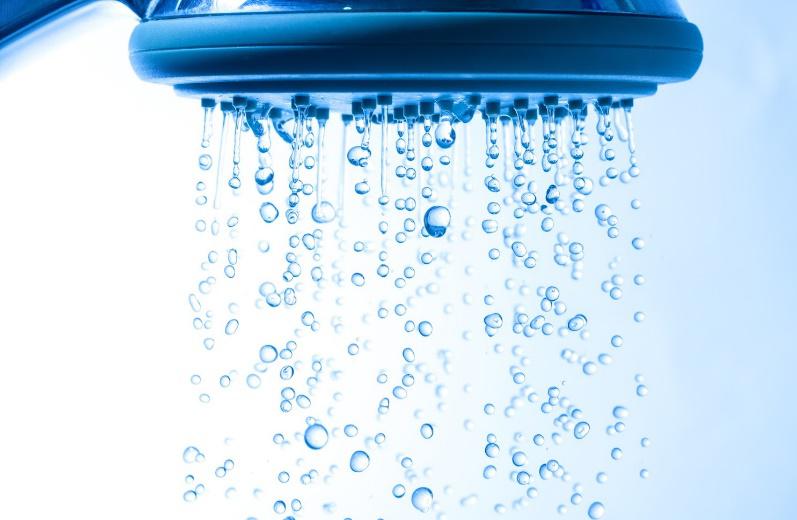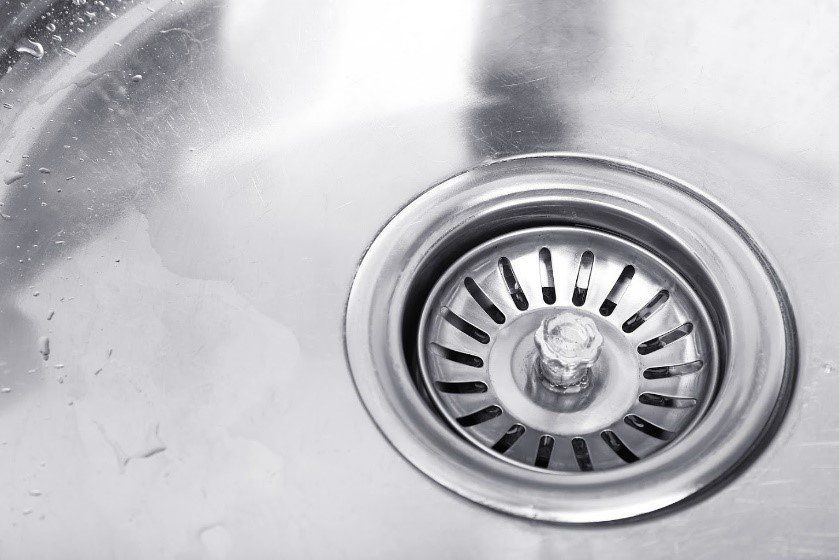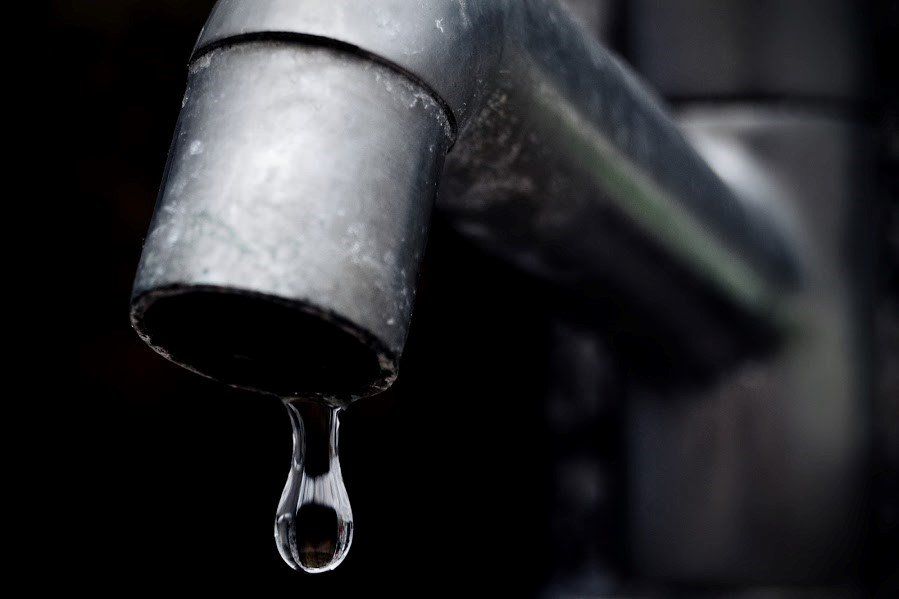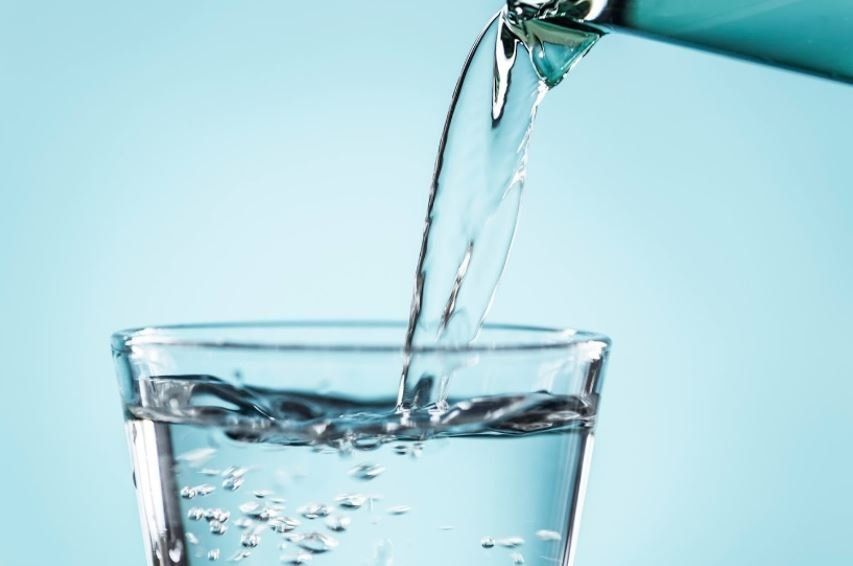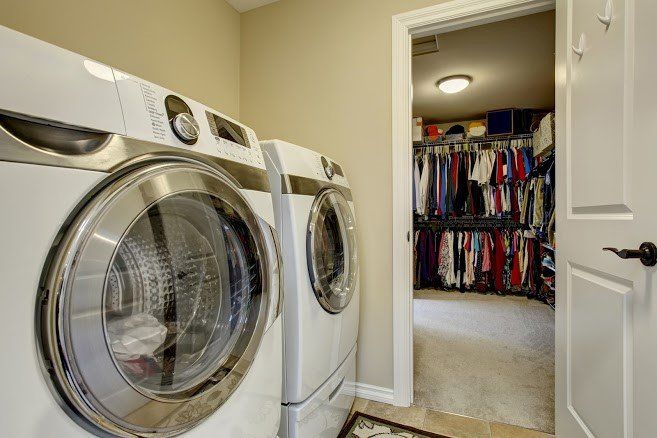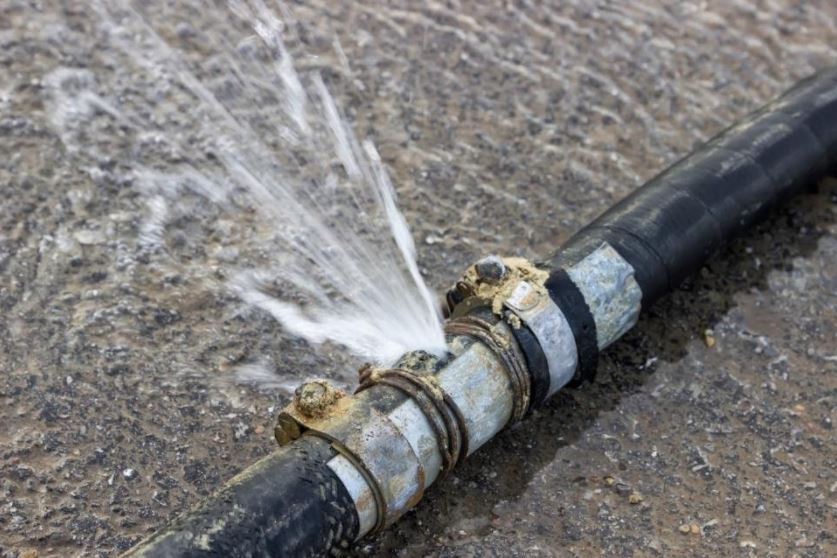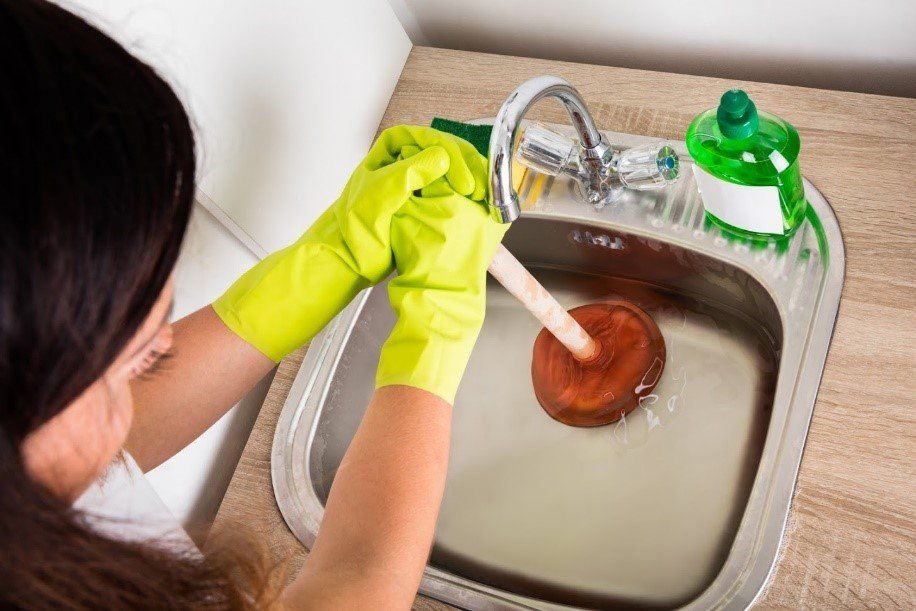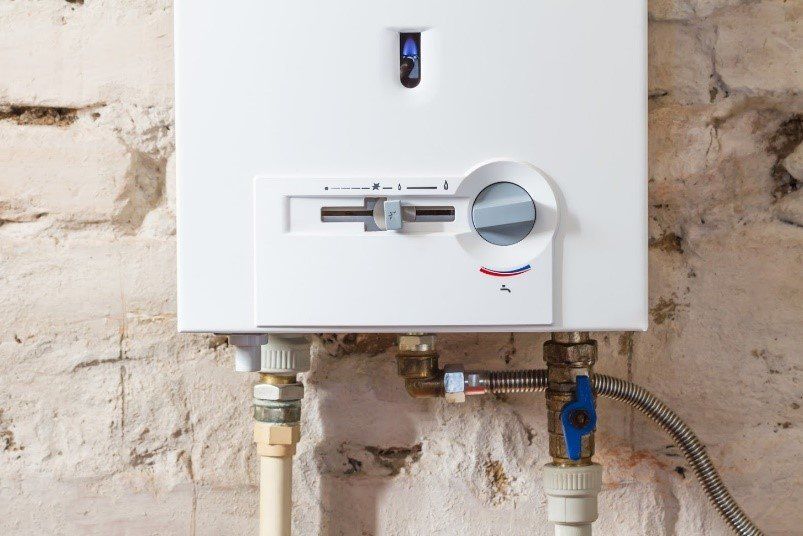
Sometimes, plumbing problems are caused by things we can see- like a clogged drain or an overflowing tub. However, these aren't always the root of the problem. While these are easy to fix, there is another dangerous plumbing issue that you should be aware of: roots in pipes. It may sound strange, but it's not unusual for roots to find their way into plumbing systems and cause a major headache. Root infiltration into your sewer lines can cause serious problems if not treated quickly and efficiently. Roots growing in sewer pipes can clog drains, back up wastewater, and even completely destroy pipes. You should be aware of the signs of roots in your pipes so that you can take quick action before the problem gets worse. Why Do Tree Roots Grow Into Pipes Tree roots grow into pipes for several different reasons. One potential cause is they are seeking something they need to grow, such as water or nutrients. Another common cause of tree roots growing into pipes is because they are already there! Many older homes have been around for decades, and trees have had plenty of time to grow in them. Roots can easily find their way into a sewer line and cause damage. Tree roots can also get into your system if you recently moved near a mass of trees. Pipes last only about 30 years, so make sure to check for leaks every year. There are numerous colors, shapes and sizes of tree roots. Roots grow every day and can even cause major blockages once they grow large enough to occupy the entire inside diameter of the pipe. Speaking of growing: They can grow about an inch or more a day and can travel through the smallest spaces to get to water. Some roots even split once they get deep enough in search of more nutrients. Even though tree roots don't consume as much water as household items as toilets do, their constant intake is still enough to give you a headache or two. Tree roots suck up water through their pores to survive, much like we do. The difference is that tree roots need more water than humans do. While humans need at least one liter of water per day for survival, trees require anywhere from 10 - 100+ liters of water every day! Signs You Have Roots In Your Pipes There are several signs to look for in the case of roots growing into your pipes. The first sign of root intrusion is if your home has a slowly draining water system. The second sign of a root in your sewer pipes is gurgling sounds coming from your toilet. Another sign is finding patches of grass that are much greener than the surrounding grass. That green grass is likely benefiting from the extra water and nutrients from the intrusion. A sunken area in the yard can often be a sign of a root intrusion. As the roots create a hole in the pipe, the surrounding dirt is washed into the city sewer. While the hole may seem small, they can create mini sinkholes which can be quite dangerous. If you do find an issue with roots in your plumbing system, it's important to call a professional plumber immediately and have the problem taken care of before you end up with a large issue on your hands. Scotto's Plumbing can perform a camera inspection to confirm the presence of roots and remove them. Preventing Roots From Entering Pipes To prevent tree roots from entering your plumbing system again, you should make sure that the trees or plants near your home are not feeding off of your water. There are a few ways to do this: Install a rain gutter to collect rainwater from nearby trees and plants. This will keep them from absorbing any of the water. Create a barrier around your house with a layer of gravel at least 3 inches thick. Be sure that it extends at least 12 inches past the perimeter of your home. The best way to create a barrier is by using four layers; the first two layers should be made up of washed gravel (gravel stones that are clean on one side), while the last two layers should consist entirely of cobble (granite-like rocks). Roots from nearby trees and plants can grow into your plumbing system, which is why you need to keep a close eye on the roots that are coming in contact with or touching your pipes. If you notice any signs of an invasion (slow draining or toilet gurgling), it's time to call in professional help to get rid of them before they cause more serious damage than just some unpleasing odors! Scotto’s Plumbing has been providing quality plumbing service to Pinellas County residents for more than 40 years. Contact us today at 727.581.5828 for all of your plumbing needs.

Welcome back to The Sunshine State. While you were away, your plumbing system sat dormant, which can cause major problems. Before you throw on your flip flops and hit our sandy beaches, or head out for a round of golf, spend a little time checking the following items: Shut off Valves: To ensure your shut off valves aren’t stuck or leaking, turn them on and off at the toilets, sinks, and washing machines. Run water for several minutes to ensure there are no drain issues or leaks in your showers, tubs, sinks and washing machine. Flush all toilets. Run hot water in sinks and showers. Check water heater tank for leaks Check exterior hose connections for leaks Check ice maker line to it’s connected correctly and not leaking Run garbage disposal Don’t forget to check other plumbing components, like a water softener, utility sink, or reverse osmosis/drinking water system at your kitchen sink. If you have any problems or concerns, give us a call at 727.581.5828.

